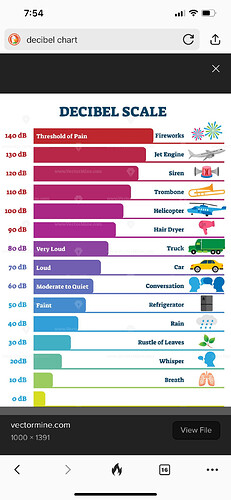Hi,
In my humble opinion, the most important thing about engraving/ stone setting with gravers…is learning about the various graver profiles, and learning how to properly shape them, provide clearance, and polish the faces so that the cutting edge angle, face angles, and heel angles cut the metal the way you want them to….safely…they should cut the metal “like butter” and leave a mirror finish behind that requires no further polishing…an improperly sharpened or dull graver can make you want to push harder and cause slipping and loss of graver control, which can lead to injury…
i started out sharpening my gravers with an India stone…i was having a problem with the tips of my round gravers continually breaking off in the metal, when i was raising beads…then i read in my Oppi Untracht book that i needed to follow with the use a finer stone to avoid this problem…so i added the use of a black arkansas and surgical black arkansas stone to my sharpening protocol…
i also learned that using a steeper 60 degree face angle (over a 40 degree face angle) would provide a stronger edge when trying to moving more metal…
i also learned that heel length and heel angle plays an important role in how the graver moves forward…incorrect heels can cause the graver to dive into the metal, or skip…
i also learned that right and left angled faces facilitate the cutting of curved lines…
i also learned that grinding out “clearance cuts” on the graver, behind the face, allows for easier access without the graver belly hitting the metal…
i could never master the fine art of graver sharpening, and eventually bought a grs powerhone, all the diamond discs, ceramic disc, and diamond spray, and the angle fixture…money well spent…and i definitely cannot say that for all the tools i have bought over the years:rofl:
then, fast forward, when i learned of the Edenta diamond wheels for the flexshaft/ micromotor…which you can use to shape, polish, refine gravers and get a Really high mirror finish on the gravers
burs:
a good selection of burs is very helpful…round, cylinder, hart, 90 degree setting burs…will do alot of the same functions of gravers when stone setting…like removing metal between stones, cutting down metal on the sides of stones, cutting relief cuts, and cutting stone seats…bur control is an important skill to master…
for bezel setting, you can use a hammer and punch, a dremel engraving handpiece with a modified tip, a hammer handpiece, or an air assist engraving machine…
i highly recommend the Lucas lowboy rheostat footpedal for exceptional speed control on a flexshaft, especially on the low end…or getting a micromotor…
where gravers are really needed is for bright cutting…bead and bright, raising beads, bright cutting fishtail settings and castle setting, bright cutting around bezels/ channel setting, bright cutting prongs, splitting beads, etc…
a slim burnisher can be used to less effect for brightening up bezels, gypsy setting, channel settings, prongs, etc…
a fine sawblade can be used in some applications
a hand held graver can be used…
and then…the conversation will inevitably and of neccessity move on to the conversation of holding fixtures…my current favorite topic!…ring clamps…thermoplastics/ shellav/ adhesives/ tape…pieces of wood/ steel…chopsticks…nails…vises… ball vises…benchmate ring clamp systems…
just my personal thoughts…the topic is vast!!!
julie
